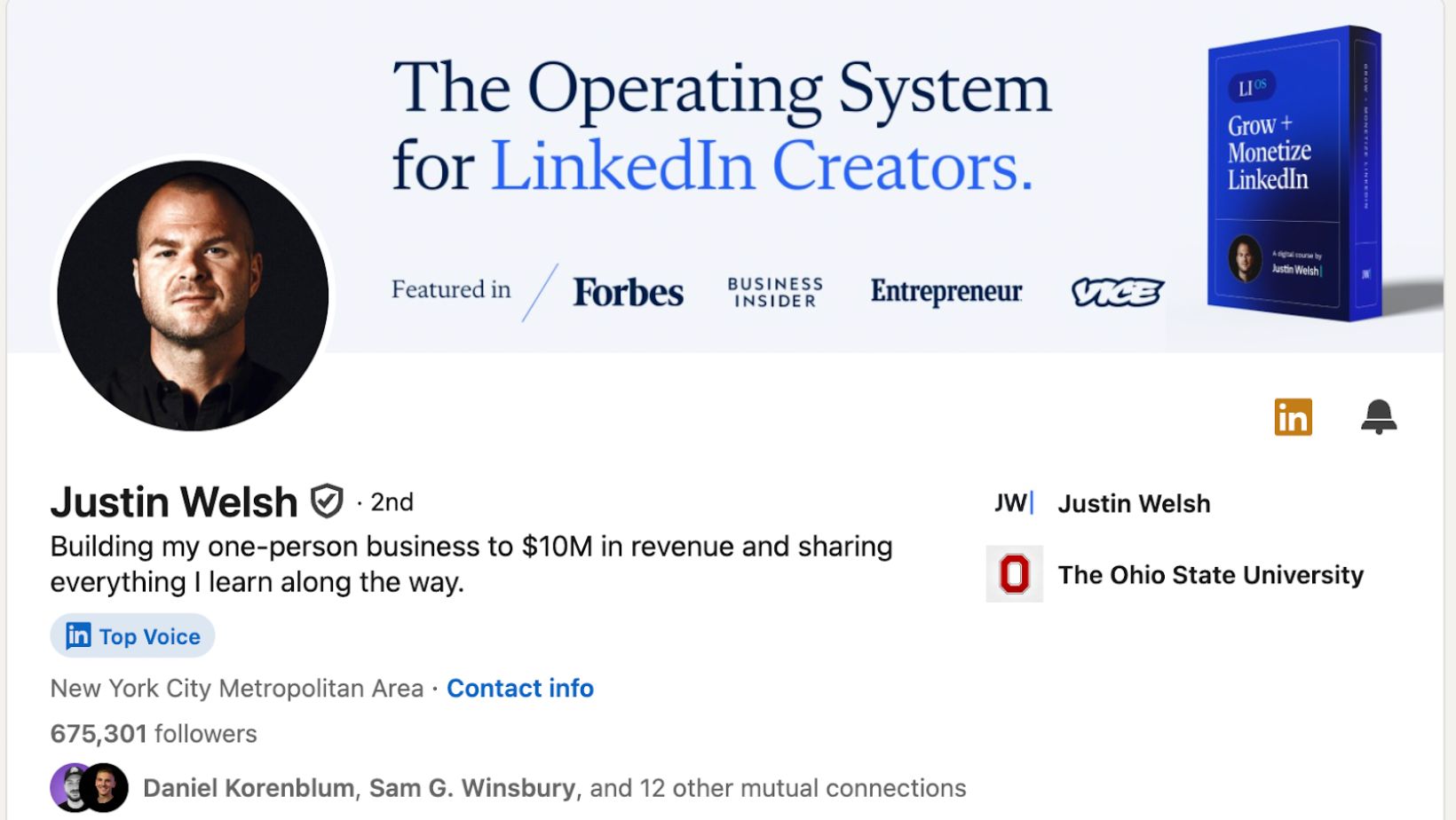Being invisible online can cost you. Imagine this: you’ve spent years building expertise, yet you’re overlooked because no one knows you exist. That’s where personal branding steps in.
It’s not just about having a polished LinkedIn profile; it’s about creating a narrative that highlights your unique skills and resonates with the right audience.
Whether you’re solving problems, inspiring teams, or driving results, personal branding ensures the right people take notice.
What Is Personal Branding?
Personal branding is intentionally creating and influencing public perception of yourself. It’s about establishing your identity, skills, and values in a way that resonates with your target audience which could be potential employers, clients, or collaborators.
Think of it as your professional reputation online and offline.
Example: A software developer with a strong personal brand might share insights about coding on LinkedIn, contribute to open-source projects, and publish a portfolio website showcasing their work.
For startup founders, building a personal brand is more essential than ever. Understanding the trends that influence personal branding can help you stand out and make a lasting impact in your industry.
The Benefits of Personal Branding
Enhanced Career Opportunities
Your personal brand can act as a magnet for opportunities. Employers and recruiters often scout online profiles to identify top talent. A compelling LinkedIn profile or a personal website optimized with relevant keywords can ensure you’re visible to the right people.
Builds Trust and Credibility
When your personal brand aligns with your expertise and values, it builds trust. Posting about industry trends, sharing case studies, or engaging with your community on platforms like Twitter or Medium can establish you as a thought leader.
Enables Networking
Networking is crucial in almost every field. A well-crafted personal brand makes it easier for like-minded professionals to find you and connect. Joining communities and attending conferences strengthens your presence and increases collaboration opportunities.
Key Steps to Building Your Personal Brand
Define Your Unique Value Proposition (UVP)
- Identify Key Strengths: Reflect on your skills and achievements that make you stand out. Focus on specific examples of how you’ve solved problems or added value in your field.

- Align With Your Values: Pinpoint your core values and ensure they resonate in your brand. This could be honesty, creativity, or a commitment to excellence.
Create a Consistent Online Presence
- Audit Your Profiles: Check if your LinkedIn, blog, and social media profiles convey the same message. Align your photos, bios, and work samples with your brand.
- Maintain a Unified Message: Ensure your tone, visuals, and messaging are consistent across platforms, creating a cohesive experience for your audience.
Share High-Quality Content
- Post Regularly: Share blogs, case studies, or project highlights that showcase your expertise. Posting consistently builds credibility and attracts the right audience.
- Use Relevant Platforms: Choose the platforms most suited to your target audience. LinkedIn for professional content, Medium for thought leadership, and Instagram for creative portfolios.
Leverage Modern Tools
- Use Design Tools: Tools like PicsArt where you get modern templates for free can help you create visually engaging resumes, portfolios, or social media posts. Ensure your design reflects your brand’s identity.
Check out this list of Must-Have Tools All Freelancers Should Check Out.
- Optimize for Efficiency: Use tools like Canva or Buffer to streamline your content creation and scheduling, saving you time while keeping your branding consistent.
Network Strategically
- Attend Industry Events: Participate in webinars, conferences, and meetups to expand your network and position yourself as an expert in your field.
- Join Professional Groups: Engage in online communities and LinkedIn groups where you can contribute, learn, and connect with influential people in your industry.
Real-Life Examples of Personal Branding Success
1. LinkedIn Thought Leaders Individuals like Justin Welsh, who share daily tips and personal insights, have grown enormous followings and leveraged that visibility for consulting opportunities.
2. Portfolio Websites Professionals who invest in personal websites to showcase their projects and testimonials often stand out during hiring processes. Consider creating a portfolio with modern and intuitive designs.
How to Maintain Your Personal Brand
- Stay Authentic: Ensure your personal brand aligns with your real values and goals. For example, if you’re passionate about sustainability, regularly share insights or tips on eco-friendly practices in your industry.
- Adapt to Trends: Regularly update your skills and content to stay relevant in your industry. For instance, tools that enhance resumes using AI are reshaping the job market. Consider taking an online course on these advancements or sharing your perspective on how these tools are impacting your work and helping job seekers stand out.
- Engage Continuously: Respond to comments, share insights, and participate in discussions online. For example, if someone praises your blog post, thank them and ask for their thoughts on a related topic to deepen the conversation.
Challenges in Personal Branding and How to Overcome Them
Fear of Self-Promotion
Many professionals hesitate to promote themselves, fearing they may come off as arrogant. To overcome this, adopt a service mindset—think of self-promotion as sharing knowledge and solutions.
Share success stories or lessons learned that can inspire or help others, rather than listing accolades.
For instance, instead of stating “I achieved X,” frame it as “Here’s how I solved X problem, and it might help you too.”
Managing Multiple Platforms
Juggling various platforms can be overwhelming, especially when each has its unique audience and demands. Streamline your workflow by using scheduling tools like Buffer or Hootsuite to plan and automate your posts.

Additionally, focus on repurposing content—for example, turn a blog post into short LinkedIn updates or Instagram carousels. This approach saves time while maintaining a consistent presence across platforms.
Conclusion
Personal branding isn’t a luxury—it’s a necessity in building a successful career. By intentionally shaping your professional image, you can unlock opportunities, build credibility, and connect with the right people.
Start small by defining your unique value proposition and consistently sharing high-quality content. The sooner you invest in your personal brand, the faster you’ll see its benefits in your career growth.



